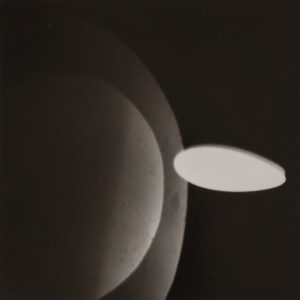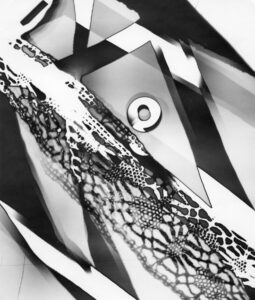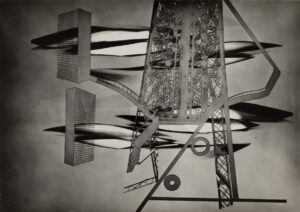Jaroslav Rössler
Czechoslovakian, 1902—1990
About
Jaroslav Rössler
Czechoslovakian, 1902—1990
Jaroslav Rössler was one of the most distinctive artists of the Czech avant-garde, known for fusing disparate elements of Symbolism, Pictorialism, Expressionism, Cubism, Futurism, Constructivism, New Objectivity and abstract art. From 1917 to 1920, Rossler studied and worked as a lab technician under František Drtikol, but he quickly abandoned the pictorialist style of his famous teacher, turning instead to more avant-garde techniques and compositional approaches, including experiments with photograms, enlarged detail, diagonal composition, photomontage, double exposure, and experiments with color advertising photographs and still lifes produced with the carbro print process. Jaroslav Rössler often photographed objects against stark backgrounds, or used long exposures, to reduce subjects to their elementary lines and geometric shapes. In 1923 he became a member of the assocation of Czech avant- garde artists Devětsil. From 1927 to 1935, he lived and worked in Paris, producing work influenced by Constructivism and New Objectivity. After his return to Prague, he was relatively inactive until the late 1950s, when he renewed experimentations with solarization and photographing through a prism.


